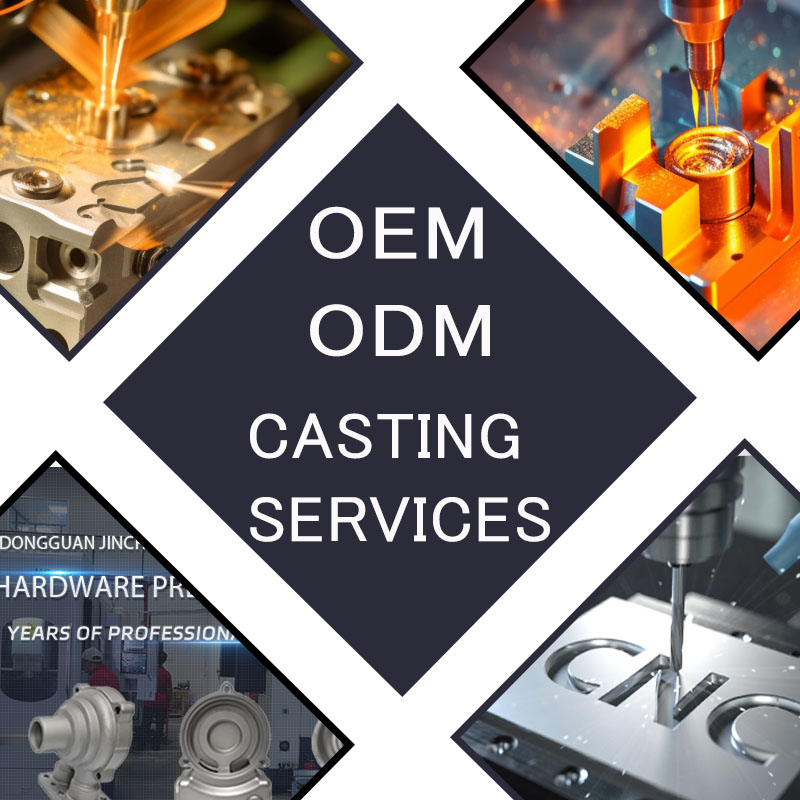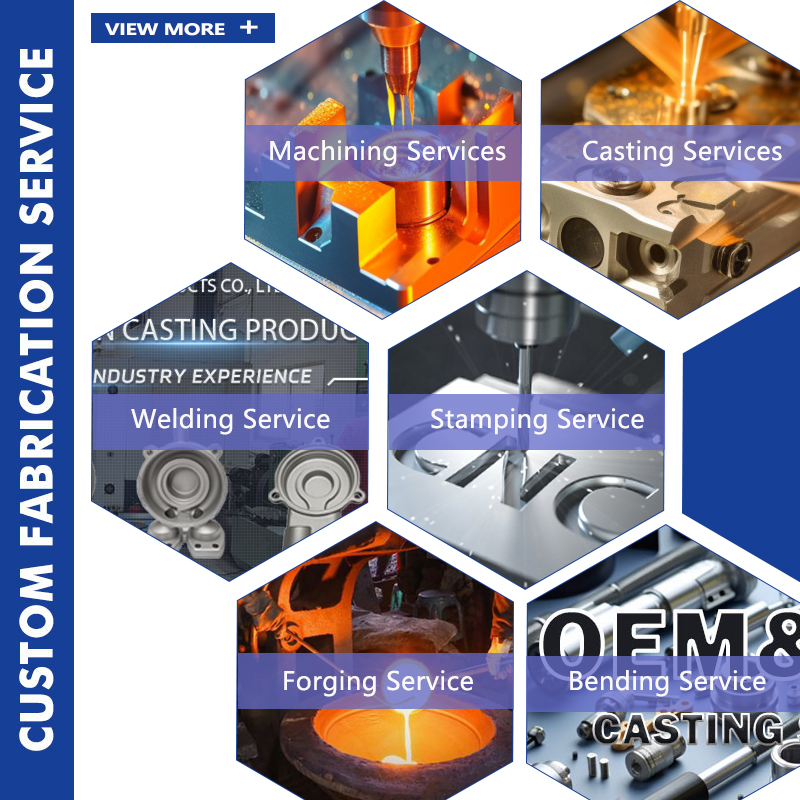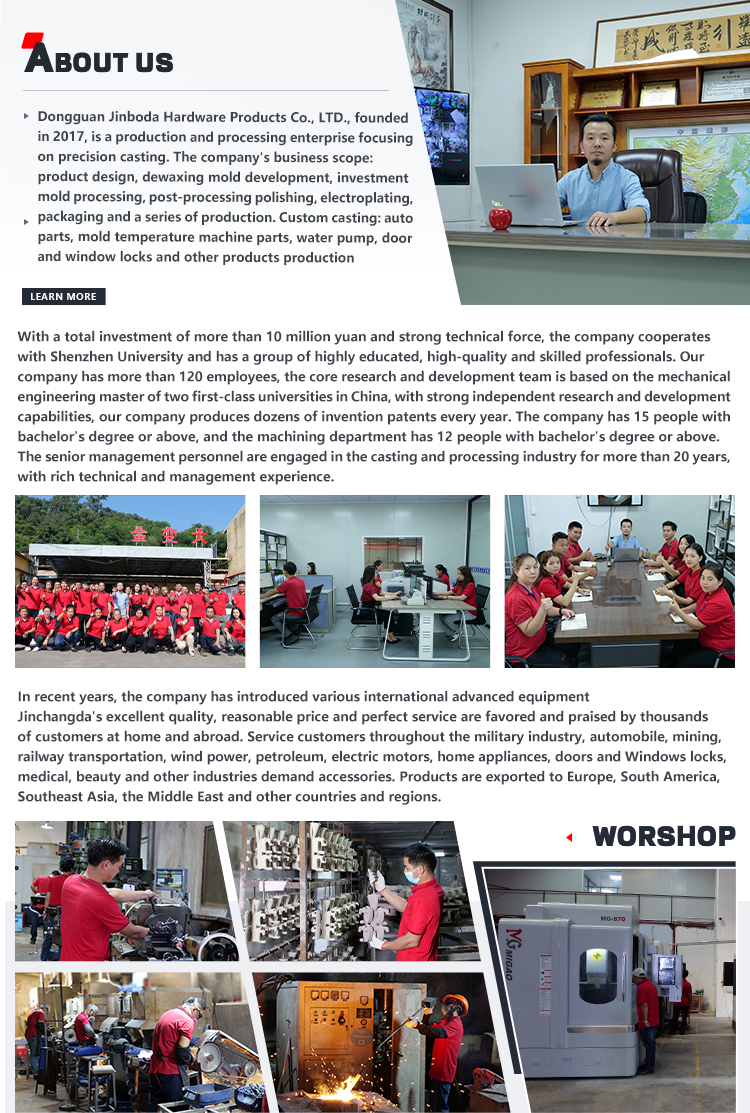Die casting, on the other hand, specializes in high-volume production of small to medium-sized parts with excellent dimensional accuracy. Using metal dies that can withstand high pressures, molten metal is injected at rapid speeds into the die cavity, quickly solidifying to form the final product. It finds extensive use in the electronics and consumer goods sectors, manufacturing items such as cell phone casings and small appliance parts.
In professional casting operations, strict quality control measures are implemented at every stage. Raw material inspection ensures the purity and composition of the metal meet specifications. During casting, parameters like pouring temperature, pressure (in die casting), and solidification time are closely monitored to guarantee consistent quality. Post-casting, non-destructive testing methods such as ultrasonic inspection, X-ray examination, and visual inspection are carried out to detect any internal or external defects.
Moreover, the field of professional casting is constantly evolving with technological advancements. Computer-aided design (CAD) and computer-aided manufacturing (CAM) technologies are integrated to design molds more accurately and optimize the casting process. Simulation software helps predict potential issues like porosity, shrinkage, or flow irregularities before actual production, reducing waste and enhancing efficiency.
Overall, professional casting serves as a crucial link in the industrial supply chain, providing essential components that power machinery, transportation, infrastructure, and countless other applications, while continuously striving for innovation and improvement in quality and productivity.




























